1)Dioscórides, et al. Acerca de la materia medicinal y de los venenos mortíferos. Ediciones de Arte y Bibliofilia, 1983.
2)Arab Firouzjaei, Z., et al. “The Effect of Citrus Aurantium Aroma on Sleep Quality in the Elderly with Heart Failure.” Journal of Babol University of Medical Sciences 21.1 (2019): 181-187.
3)Bibalani, G. H., & Mosazadeh-Sayadmahaleh, F. (2011). Recognition and consumption uses and medicinal properties of sour orange (Citrus aurantium) by rural people in East part of Gilan Province (North Iran). Journal of Medicinal Plants Research, 5(7), 1238-1243.
4)Chen, John K., Tina T. Chen, and Laraine Crampton. Chinese medical herbology and pharmacology. Vol. 1267. City of Industry, CA: Art of Medicine Press, 2004.
5)Karthikeyan, V., and J. Karthikeyan. “Citrus aurantium (bitter orange): A review of its traditional uses, phytochemistry and pharmacology.” International journal of drug discovery and herbal research 4.4 (2014): 766-772.
6)Paul, Alexandra, and Paul A. Cox. “An ethnobotanical survey of the uses for Citrus aurantium (Rutaceae) in Haiti.” Economic Botany 49.3 (1995): 249-256.
7)Stohs, S. J., and M. Shara. “A review of the safety and efficacy of Citrus aurantium in weight management.” Obesity: Epidemiology, pathophysiology, and prevention (2007): 371-382.
8)Oliveira, Danilo R., et al. “Ethnopharmacological evaluation of medicinal plants used against malaria by quilombola communities from Oriximiná, Brazil.” Journal of ethnopharmacology 173 (2015): 424-434.
9)Oliveira, Danilo R., et al. “Ethnopharmacological evaluation of medicinal plants used against malaria by quilombola communities from Oriximiná, Brazil.” Journal of ethnopharmacology 173 (2015): 424-434.
10)Segun, Peter A., et al. “Acridone alkaloids from the stem bark of Citrus aurantium display selective cytotoxicity against breast, liver, lung and prostate human carcinoma cells.” Journal of ethnopharmacology 227 (2018): 131-138.
11)Suryawanshi, JA Saonere. “An overview of Citrus aurantium used in treatment of various diseases.” African Journal of Plant Science 5.7 (2011): 390-395.
12)M. Aleo, Dsrio AZZARO, Salvatore Cambria, & Giuseppe Bazan. (2020). Indagini etnobotaniche nel territorio di Paceco (Sicilia occidentale).
13)Alonso de Herrera, Gabriel. “Obra de agricultura (1513).” Madrid, Ediciones Atlas (1970).
14)Brown, C. M., et al. “Activities of octopamine and synephrine stereoisomers on α‐adrenoceptors.” British journal of pharmacology 93.2 (1988): 417-429.
15)Jordan, Roy, et al. “β‐Adrenergic activities of octopamine and synephrine stereoisomers on guinea‐pig atria and trachea.” Journal of pharmacy and pharmacology 39.9 (1987): 752-754.
16)Kim, Kee-Won, et al. “Characterization of antidepressant-like effects of p-synephrine stereoisomers.” Naunyn-Schmiedeberg’s archives of pharmacology 364.1 (2001): 21-26.
17)National Toxicology Program. “NTP Toxicology and Carcinogenesis Studies of Phenylephrine Hydrochloride (CAS No. 61-76-7) in F344/N Rats and B6C3F1 Mice (Feed Studies).” National Toxicology Program technical report series 322 (1987): 1-172.
18)Mooney, Robert A., and Jay M. McDonald. “Effect of phenylephrine on lipolysis in rat adipocytes: no evidence for an alpha-adrenergic mechanism.” The International journal of biochemistry 16.1 (1984): 55-59.
19)Kliszczewicz, Brian, et al. “Citrus Aurantium and caffeine complex versus placebo on biomarkers of metabolism: A double blind crossover design.” Journal of the International Society of Sports Nutrition 16.1 (2019): 1-7.
20)Desfaits, Anne-Cécile, Julie Lafond, and Roland Savard. “The effects of a selective alpha-1 adrenergic blockade on the activity of adipose tissue lipoprotein lipase in female hamsters.” Life sciences 57.7 (1995): 705-713.
21)National Toxicology Program. “NTP toxicology and carcinogenesis studies of ephedrine sulfate (CAS no. 134-72-5) in F344/N rats and B6C3F1 mice (feed studies).” National Toxicology Program technical report series 307 (1986): 1-186.
22)Colker, Carlon M., et al. “Effects of Citrus aurantium extract, caffeine, and St. John’s wort on body fat loss, lipid levels, and mood states in overweight healthy adults.” Current Therapeutic Research 60.3 (1999): 145-153.
23)Jones, Dennis. “Regulation of appetite, body weight and athletic function with materials derived from citrus varieties.” U.S. Patent No. 6,224,873. 1 May 2001.
24)Kalman, Douglas S., et al. “Effects of a weight-loss aid in healthy overweight adults: double-blind, placebo-controlled clinical trial.” Current therapeutic research 61.4 (2000): 199-205.
25)Preuss, Harry G., et al. “Citrus aurantium as a thermogenic, weight-reduction replacement for ephedra: an overview.” Journal of medicine 33.1-4 (2002): 247-264.
26)Gougeon, Réjeanne, et al. “Increase in the thermic effect of food in women by adrenergic amines extracted from Citrus aurantium.” Obesity research 13.7 (2005): 1187-1194.
27)Lopes, Jane Mello, et al. “Citrus x aurantium essential oil as feed additive improved growth performance, survival, metabolic, and oxidative parameters of silver catfish (Rhamdia quelen).” Aquaculture Nutrition 25.2 (2019): 310-318.
28)Ratamess, Nicholas A., et al. “The effects of supplementation with P-Synephrine alone and in combination with caffeine on resistance exercise performance.” Journal of the International Society of Sports Nutrition 12.1 (2015): 1-11.
29)Carvalho-Freitas, Maria Isabel Roth, and Mirtes Costa. “Anxiolytic and sedative effects of extracts and essential oil from Citrus aurantium L.” Biological and Pharmaceutical Bulletin 25.12 (2002): 1629-1633.
30)Abbasnejad, M., H. Jonaidi, and Maryam Yousefi. “Sedative effects of flower extracts from sour orange (Citrus aurantium L.) in rats.” Психофармакология и биологическая наркология 5.2 (2005).
31)Kamalifard, Mahin, et al. “Comparison of the effect of lavender and bitter orange on sleep quality in postmenopausal women: a triple-blind, randomized, controlled clinical trial.” Women & health 58.8 (2018): 851-865.
32)Arab Firouzjaei, Z., et al. “The Effect of Citrus Aurantium Aroma on Sleep Quality in the Elderly with Heart Failure.” Journal of Babol University of Medical Sciences 21.1 (2019): 181-187.
33)Motaghi, Sahel, et al. “Behavioral and electrophysiological evidence for attenuation of CNS by aqueous extract from Citrus aurantium (CaL) flowers in rat.” Comparative Clinical Pathology 25.4 (2016): 769-774.
34)de Moraes Pultrini, Aline, Luciane Almeida Galindo, and Mirtes Costa. “Effects of the essential oil from Citrus aurantium L. in experimental anxiety models in mice.” Life sciences 78.15 (2006): 1720-1725.
35)Neto, G. Chaves, et al. “Anxiolytic effect of Citrus aurantium L. in crack users.” Evidence-Based Complementary and Alternative Medicine 2017 (2017): 8.
36)Mannucci, Carmen, et al. “Clinical Pharmacology of Citrus aurantium and Citrus sinensis for the Treatment of Anxiety.” Evidence-Based Complementary and Alternative Medicine 2018 (2018).
37)Costa, Celso ARA, et al. “Citrus aurantium L. essential oil exhibits anxiolytic-like activity mediated by 5-HT 1A-receptors and reduces cholesterol after repeated oral treatment.” BMC complementary and alternative medicine 13.1 (2013): 1-10.
38)Abbasnejad, M., et al. “Effect of hydro-methanolic extract of sour orange flowers, Citrus aurantium, on pentylentetrazole induced seizure in male rats.” Journal of Babol University of Medical Sciences 14.5 (2012): 20-28.
39)Azanchi, Taravat, Hamed Shafaroodi, and Jinous Asgarpanah. “Anticonvulsant activity of Citrus aurantium blossom essential oil (neroli): involvment of the GABAergic system.” Natural product communications 9.11 (2014): 1615-1618.
40)Rosa-Falero, Coral, et al. “Citrus aurantium increases seizure latency to PTZ induced seizures in zebrafish thru NMDA and mGluR’s I and II.” Frontiers in pharmacology 5 (2015): 284.
41)Wu, Ming, et al. “Identification of the chemical constituents in aqueous extract of Zhi-Qiao and evaluation of its antidepressant effect.” Molecules 20.4 (2015): 6925-6940.
42)HASHEMI, SHAHRAKI FARIBA, et al. “Antidepressant-Like Effect of Lavandula Angustifolia Mill and Citrus Aurantium Duh Essential Oils with Forced Swimming Test in Reserpinized Mice Balb/C.” (2017): 77-85.
43)Leite, M. P., Fassin Jr, J., Baziloni, E. M., Almeida, R. N., Mattei, R., & Leite, J. R. (2008). Behavioral effects of essential oil of Citrus aurantium L. inhalation in rats. Revista Brasileira de Farmacognosia, 18, 661-666.
44)Song, Dong-Keun, et al. “Antidepressant-like effects of p-synephrine in mouse models of immobility tests.” Neuroscience letters 214.2-3 (1996): 107-110.
45)Kim, Kee-Won, et al. “Characterization of antidepressant-like effects of p-synephrine stereoisomers.” Naunyn-Schmiedeberg’s archives of pharmacology 364.1 (2001): 21-26.
46)Xing, Hang, et al. “Antidepressant-like effect of the water extract of the fixed combination of Gardenia jasminoides, Citrus aurantium and Magnolia officinalis in a rat model of chronic unpredictable mild stress.” Phytomedicine 22.13 (2015): 1178-1185.
47)Jung, Y. Peter, et al. “Effects of acute ingestion of a pre-workout dietary supplement with and without p-synephrine on resting energy expenditure, cognitive function and exercise performance.” Journal of the International Society of Sports Nutrition 14.1 (2017): 1-15.
48)Rahnama, Samira, et al. “Anti-amnesic activity of Citrus aurantium flowers extract against scopolamine-induced memory impairments in rats.” Neurological Sciences 36.4 (2015): 553-560.
49)Zarrad, Khaoula, et al. “Chemical composition, fumigant and anti-acetylcholinesterase activity of the Tunisian Citrus aurantium L. essential oils.” Industrial crops and products 76 (2015): 121-127.
50)Lee, Hae Jin, et al. “Ameliorating effect of Citrus aurantium extracts and nobiletin on β‑amyloid (1‑42)‑induced memory impairment in mice.” Molecular medicine reports 20.4 (2019): 3448-3455.
51)Sattarahmady, N., et al. “Investigation of amyloid formation inhibition of chemically and biogenically from Citrus aurantium L. blossoms and Rose damascena oils of gold nanoparticles: toxicity evaluation in rat pheochromocytoma PC12 cells.” International journal of biological macromolecules 112 (2018): 703-711.
52)Abou Baker, Doha H., et al. “Exploiting Citrus aurantium seeds and their secondary metabolites in the management of Alzheimer disease.” Toxicology reports 7 (2020): 723-729.
53)Kang, Sang Rim, et al. “Anti-inflammatory effect of flavonoids isolated from Korea Citrus aurantium L. on lipopolysaccharide-induced mouse macrophage RAW 264.7 cells by blocking of nuclear factor-kappa B (NF-κB) and mitogen-activated protein kinase (MAPK) signalling pathways.” Food Chemistry 129.4 (2011): 1721-1728.
54)Kim, Jin‐A., et al. “Suppressive effect of flavonoids from Korean Citrus aurantium L. on the expression of inflammatory mediators in L6 skeletal muscle cells.” Phytotherapy Research 26.12 (2012): 1904-1912.
55)Khodabakhsh, Pariya, Hamed Shafaroodi, and Jinous Asgarpanah. “Analgesic and anti-inflammatory activities of Citrus aurantium L. blossoms essential oil (neroli): involvement of the nitric oxide/cyclic-guanosine monophosphate pathway.” Journal of natural medicines 69.3 (2015): 324-331.
56)Abdi-Azar, Hamed, and SaeidAbbasi Maleki. “Comparison of the anesthesia with thiopental sodium alone and their combination with Citrus aurantium L.(Rutaseae) essential oil in male rat.” Bull. Environ. Pharmacol. Life Sci 3 (2014): 37-44.
57)Heydari, N., et al. “Investigation of the effect of aromatherapy with Citrus aurantium blossom essential oil on premenstrual syndrome in university students: A clinical trial study.” Complementary therapies in clinical practice 32 (2018): 1-5.
58)Shen, Chun-Yan, et al. “Immune enhancement effects and extraction optimization of polysaccharides from Citrus aurantium L. var. amara Engl.” Food & function 8.2 (2017): 796-807.
59)Shen, Chun-Yan, et al. “Structural characterization and immunomodulatory activity of novel polysaccharides from Citrus aurantium Linn. variant amara Engl.” Journal of Functional Foods 35 (2017): 352-362.
60)Karimi, Ehsan, et al. “Phenolic compounds characterization and biological activities of Citrus aurantium bloom.” Molecules 17.2 (2012): 1203-1218.]
61)Lee, Do-Hoon, et al. “Flavonoids isolated from Korea Citrus aurantium L. induce G2/M phase arrest and apoptosis in human gastric cancer AGS cells.” Evidence-Based Complementary and Alternative Medicine 2012 (2012).
62)Lee, Seung Hwan, et al. “Flavonoids of Korean Citrus aurantium L. induce apoptosis via intrinsic pathway in human hepatoblastoma HepG2 cells.” Phytotherapy research 29.12 (2015): 1940-1949.
63)Zhao, Hai-Yan, et al. “Bioactivity evaluations of ingredients extracted from the flowers of Citrus aurantium L. var. amara Engl.” Food chemistry 135.4 (2012): 2175-2181.
64)Segun, Peter A., et al. “Acridone alkaloids from the stem bark of Citrus aurantium display selective cytotoxicity against breast, liver, lung and prostate human carcinoma cells.” Journal of ethnopharmacology 227 (2018): 131-138.
65)Mencherini, Teresa, et al. “HPLC-PDA-MS and NMR characterization of a hydroalcoholic extract of Citrus aurantium L. var. amara peel with antiedematogenic activity.” Journal of agricultural and food chemistry 61.8 (2013): 1686-1693.
66)Liu, Han, et al. “Danhong Huayu Koufuye prevents venous thrombosis through antiinflammation via Sirtuin 1/NF-κB signaling pathway.” Journal of ethnopharmacology 241 (2019): 111975.
67)Moraes, Thiago Mello, et al. “Healing actions of essential oils from Citrus aurantium and d-limonene in the gastric mucosa: the roles of VEGF, PCNA, and COX-2 in cell proliferation.” Journal of medicinal food 16.12 (2013): 1162-1167.
68)Bonamin, Flavia, et al. “The effect of a minor constituent of essential oil from Citrus aurantium: The role of β-myrcene in preventing peptic ulcer disease.” Chemico-biological interactions 212 (2014): 11-19.
69)Shu, Yisong, et al. “Hepatoprotective effect of Citrus aurantium L. against APAP-induced liver injury by regulating liver lipid metabolism and apoptosis.” International journal of biological sciences 16.5 (2020): 752.
70)Mahmoud, Mona F., et al. “Hepatoprotective effect of limonin, a natural limonoid from the seed of Citrus aurantium var. bigaradia, on D-galactosamine-induced liver injury in rats.” Naunyn-Schmiedeberg’s archives of pharmacology 387.3 (2014): 251-261.
71)Wang, Hang, et al. “Evaluation of hepatoprotective effect of Zhi-Zi-Da-Huang decoction and its two fractions against acute alcohol-induced liver injury in rats.” Journal of ethnopharmacology 126.2 (2009): 273-279.
72)Ullah, Naveed, et al. “Nephroprotective potentials of Citrus Aurantium: A prospective pharmacological study on experimental models.” Pakistan journal of pharmaceutical sciences 27.3 (2014): 505-510.
73)Wang, Rui, et al. “Citrus aurantium ameliorates cisplatin-induced nephrotoxicity.” BioMed research international 2019 (2019).
74)Fathi, H., et al. “Evaluation of antiemetic effect of metabolic, aesthetic and aqueous extracts of Citrus aurantium L. on chicken.” Journal of Gorgan University of Medical Sciences 18.3 (2016): 34-39.
75)Gao, Meng, and Wuliang Yang. “Effects of Citrus aurantium L. on Gastrointestinal Motility and Gastric Cancer Cell Proliferation.” Cancer Biotherapy & Radiopharmaceuticals (2020).
76)Matev, M., et al. “Use of an herbal combination with laxative action on duodenal peptic ulcer and gastroduodenitis patients with a concomitant obstipation syndrome.” Vutreshni bolesti 20.6 (1981): 48-51.
77)Marzouk, Brahim. “Characterization of bioactive compounds in Tunisian bitter orange (Citrus aurantium L.) peel and juice and determination of their antioxidant activities.” BioMed research international 2013 (2013).
78)Dakhil, Rifat Mohammed, et al. “Inhibitive impacts extract of Citrus aurantium leaves of carbon steel in corrosive media.” Green Chemistry Letters and Reviews 11.4 (2018): 559-566.
79)Dadashi, Masoud, et al. “Antibacterial effects of Citrus aurantium on bacteria isolated from urinary tract infection.” Research in Molecular Medicine 3.4 (2015): 47-50.
80)Degirmenci, Huseyin, and Hatice Erkurt. “Chemical profile and antioxidant potency of Citrus aurantium L. flower extracts with antibacterial effect against foodborne pathogens in rice pudding.” LWT 126 (2020): 109273.
81)Metoui, N., et al. “Activity antifungal of the essential oils; aqueous and ethanol extracts from Citrus aurantium L.” Natural product research 29.23 (2015): 2238-2241.
82)Trabelsi, Dhekra, et al. “Chemical composition and antifungal activity of essential oils from flowers, leaves and peels of Tunisian Citrus aurantium against Penicillium digitatum and Penicillium italicum.” Journal of Essential Oil Bearing Plants 19.7 (2016): 1660-1674.
83)Elgat, Wael AA, et al. “Eucalyptus camaldulensis, Citrus aurantium, and Citrus sinensis Essential Oils as Antifungal Activity against Aspergillus flavus, Aspergillus niger, Aspergillus terreus, and Fusarium culmorum.” Processes 8.8 (2020): 1003.
84)Nidhi, Prakriti, et al. “Synergistic potential of Citrus aurantium L. essential oil with antibiotics against Candida albicans.” Journal of Ethnopharmacology 262 (2020): 113135.
85)Zarrad, Khaoula, et al. “Chemical composition, fumigant and anti-acetylcholinesterase activity of the Tunisian Citrus aurantium L. essential oils.” Industrial crops and products 76 (2015): 121-127.
86)El-Akhal, Fouad, Abdelhakim El Ouali Lalami, and Raja Guemmouh. “Larvicidal activity of essential oils of Citrus sinensis and Citrus aurantium (Rutaceae) cultivated in Morocco against the malaria vector Anopheles labranchiae (Diptera: Culicidae).” Asian Pacific Journal of Tropical Disease 5.6 (2015): 458-462.
87)Chaieb, Ikbal, et al. “Chemical composition and aphicidal potential of Citrus aurantium peel essential oils.” Entomol Gen 37 (2018): 63-75.
88)Villafañe, Emilio, et al. “Toxic effects of Citrus aurantium and C. limon essential oils on Spodoptera frugiperda (Lepidoptera: Noctuidae).” Natural product communications 6.9 (2011): 1934578X1100600941.
89)da Camara, Claudio AG, et al. “Repellent activity of essential oils from two species of Citrus against Tetranychus urticae in the laboratory and greenhouse.” Crop Protection 74 (2015): 110-115.
90)Servillo, Luigi, et al. “Citrus genus plants contain N-methylated tryptamine derivatives and their 5-hydroxylated forms.” Journal of agricultural and food chemistry 61.21 (2013): 5156-5162.
91)Rossato, Luciana Grazziotin, et al. “Synephrine: from trace concentrations to massive consumption in weight-loss.” Food and chemical toxicology 49.1 (2011): 8-16.

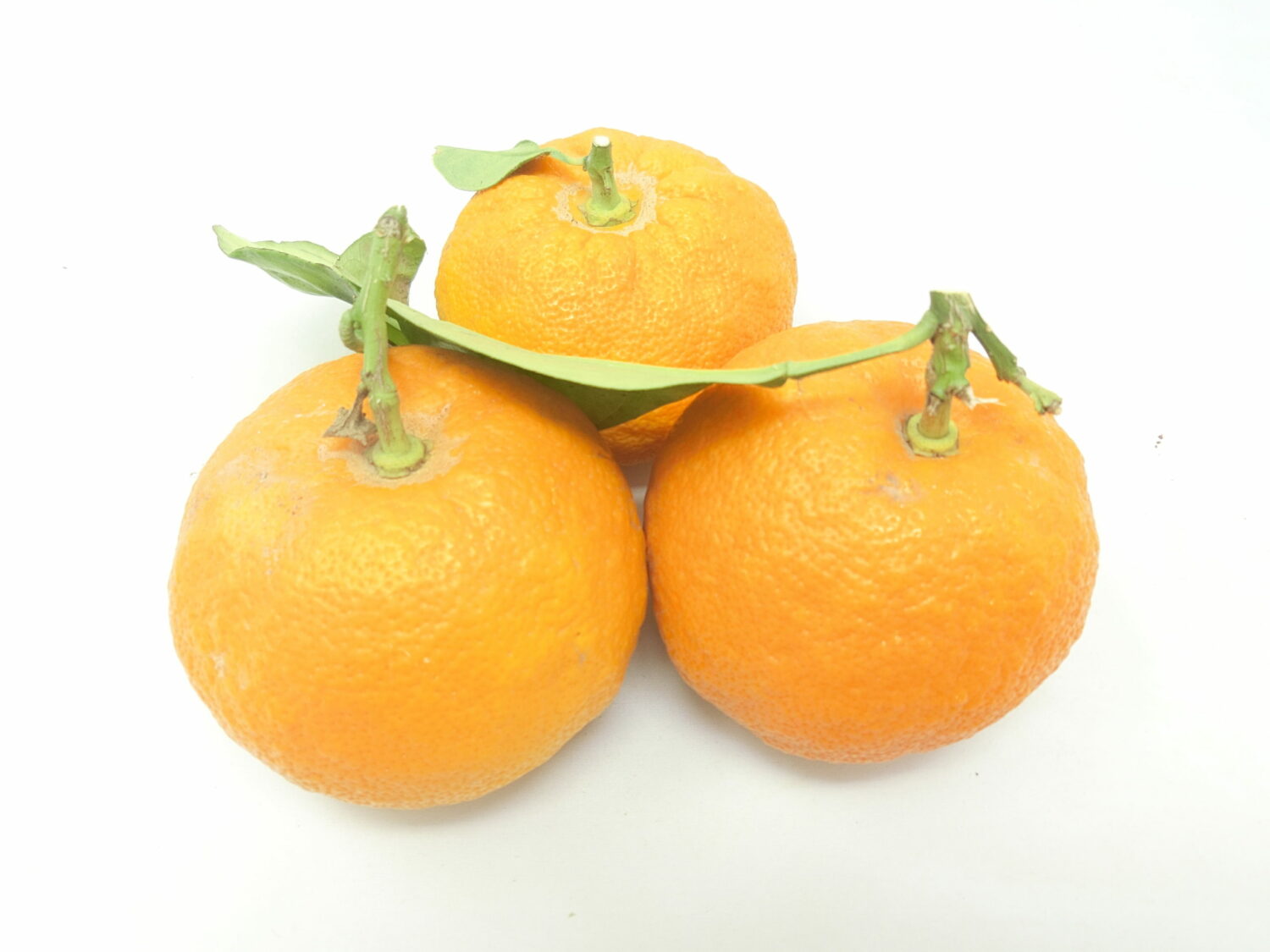
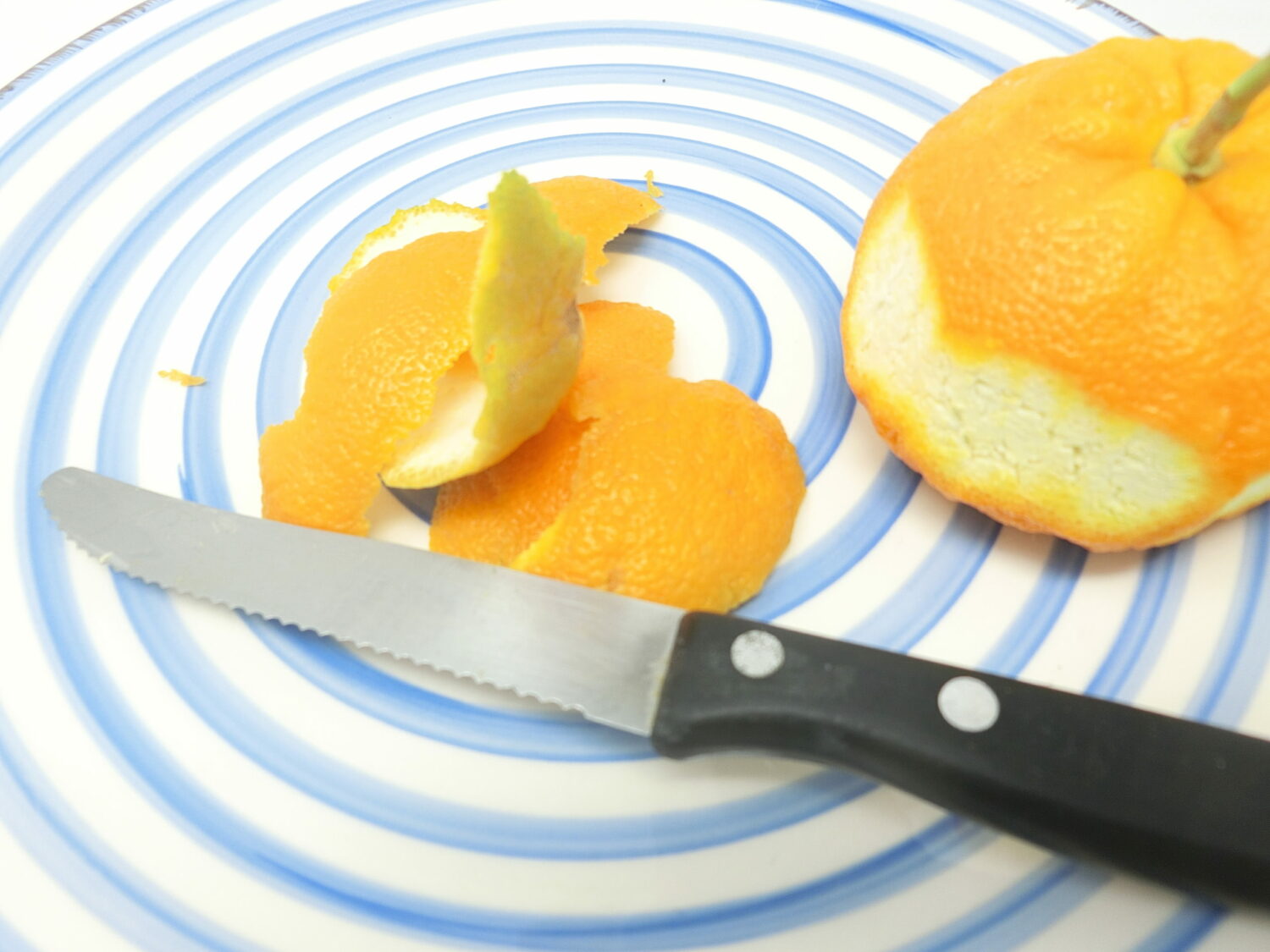
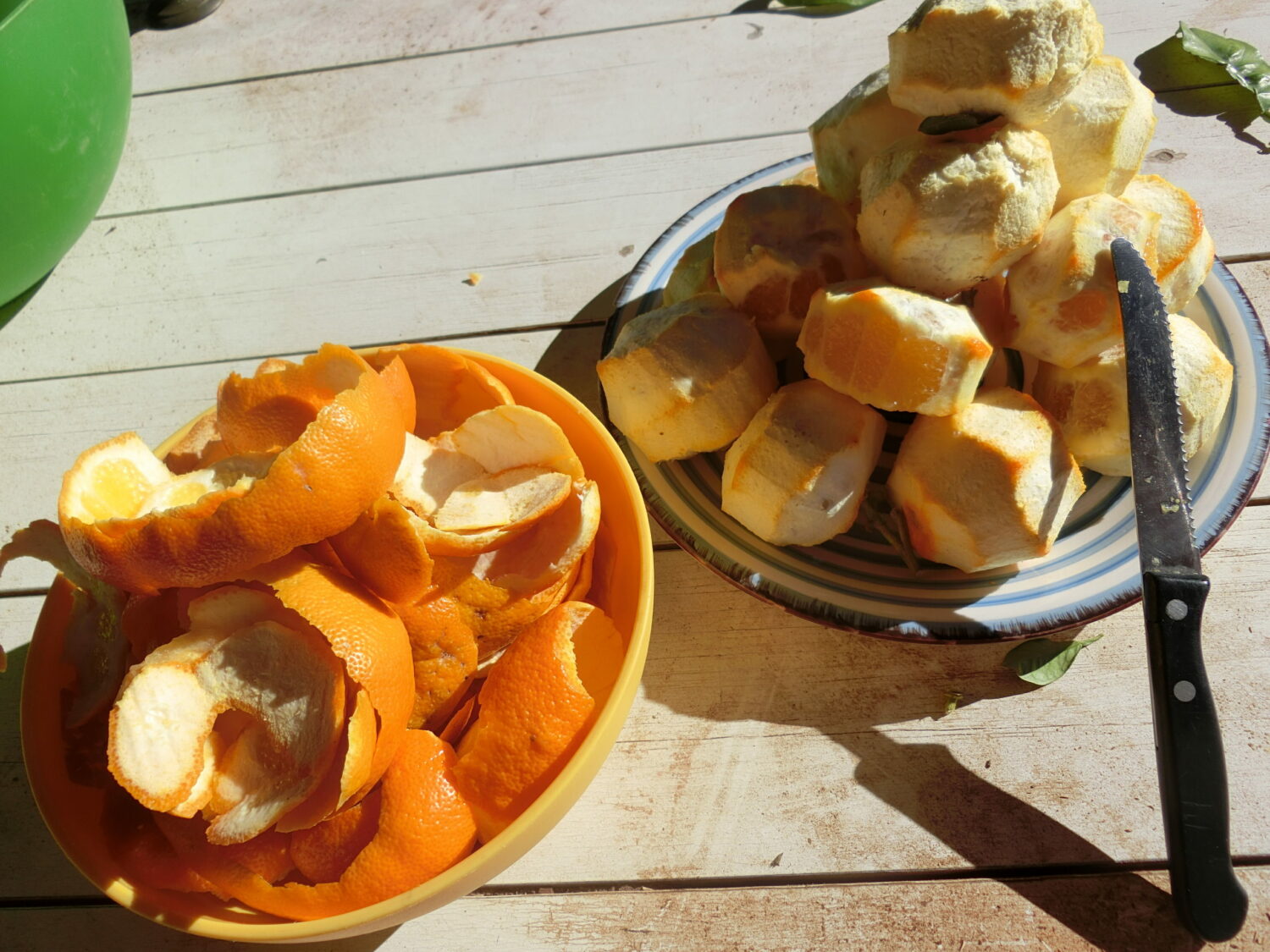
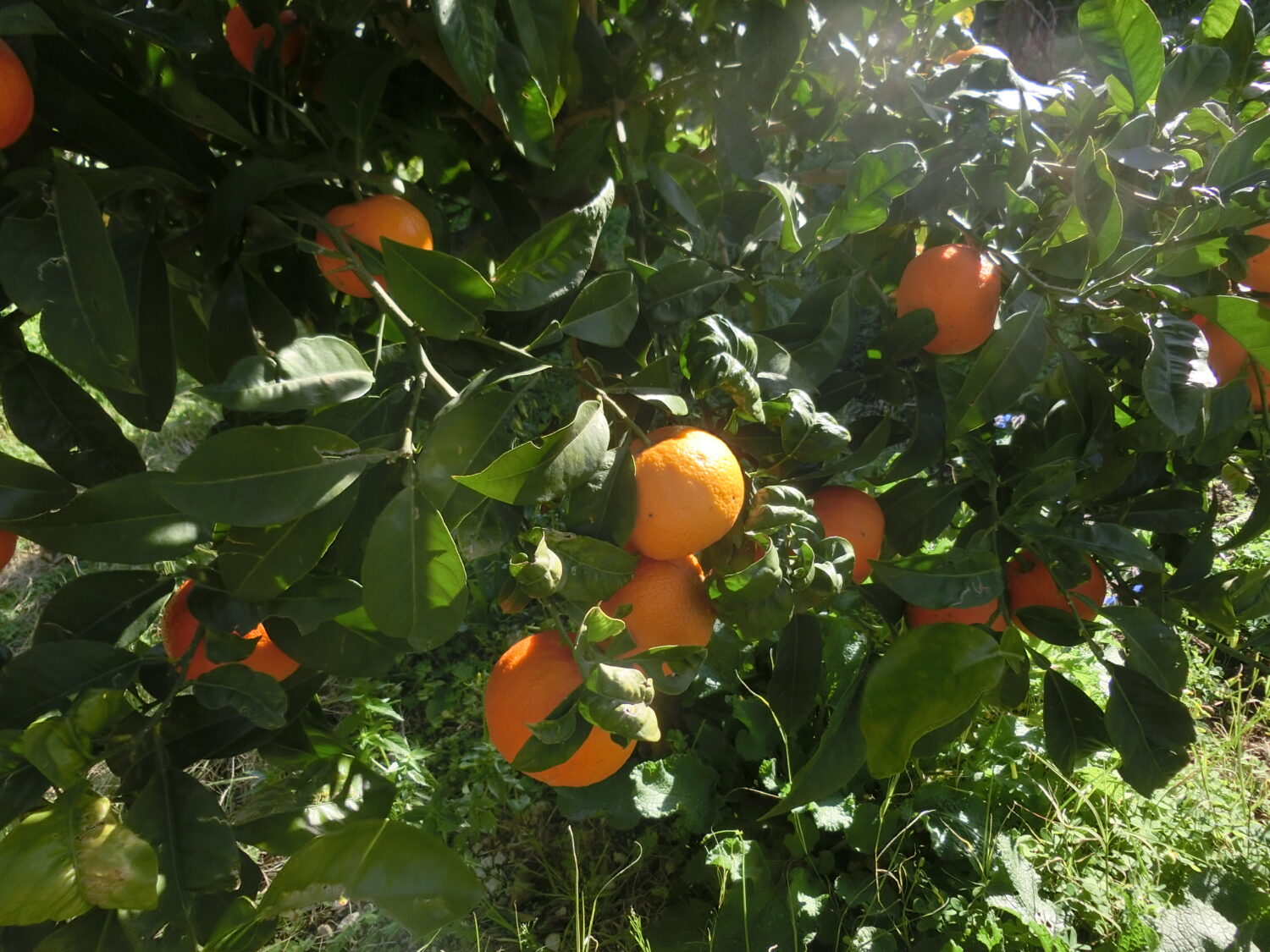
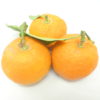

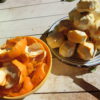
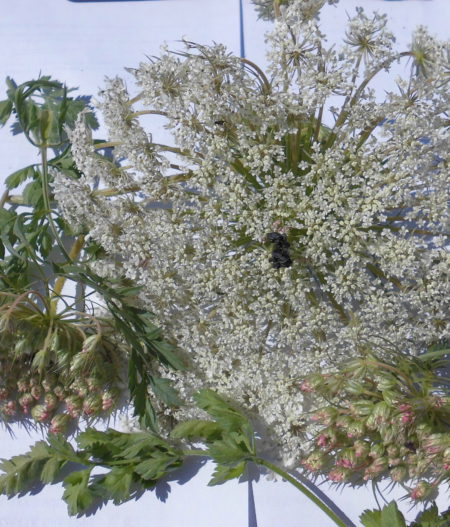
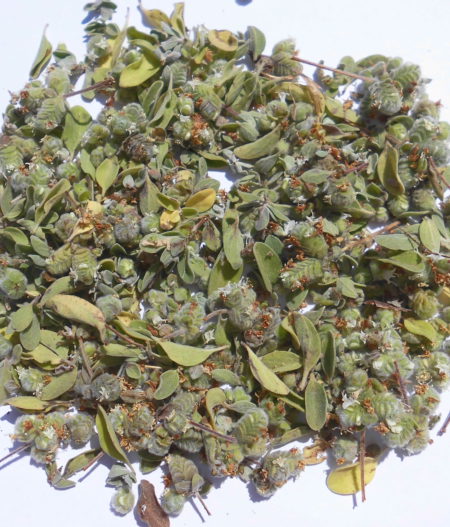
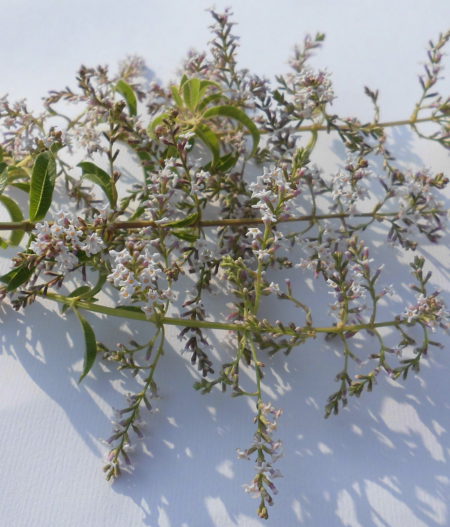
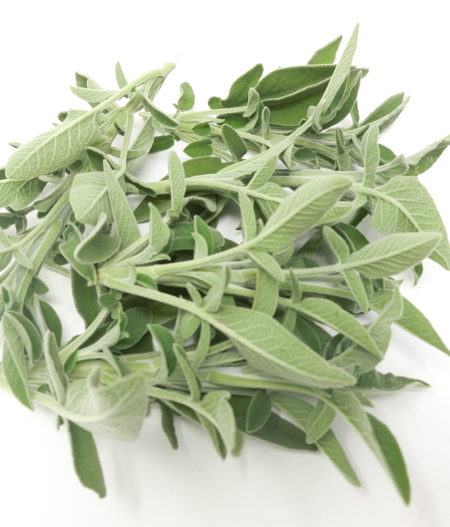
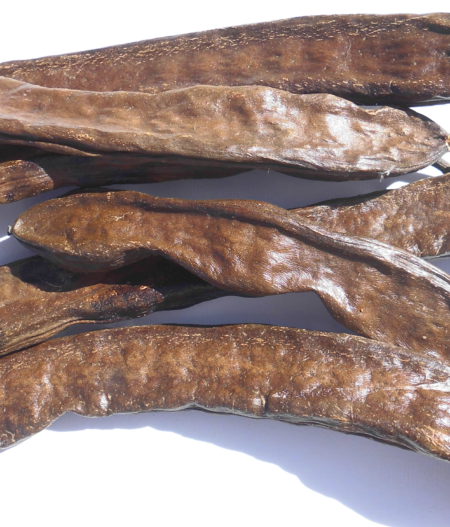
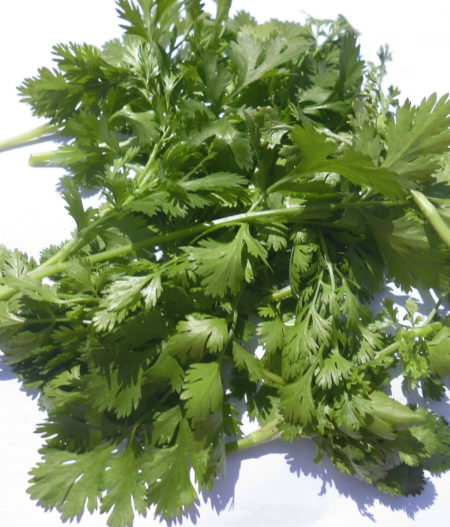
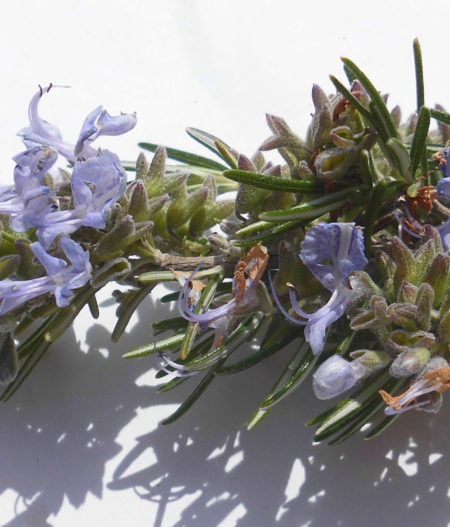
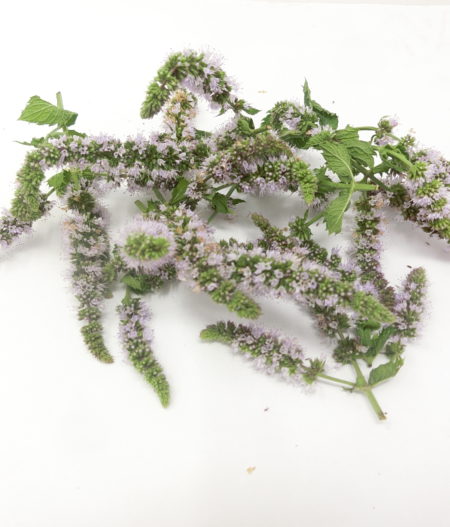
Recensioni
Ancora non ci sono recensioni.